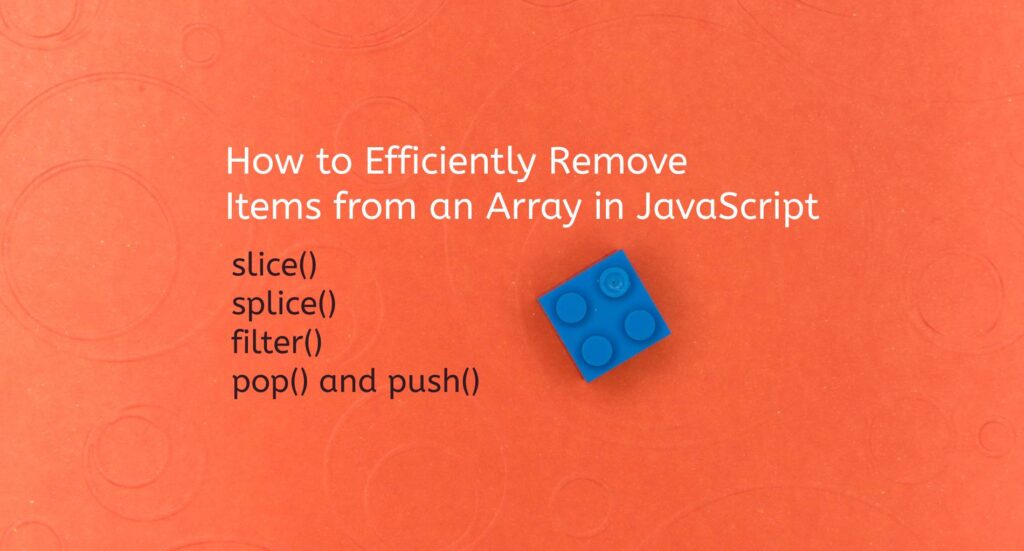In the world of JavaScript, asynchronous programming is common practice. We will learn Async/Await Best Practices in JavaScript. To handle asynchronous operations we use callbacks, promises, and asynchronous/await functions. Among these, the async/await functions have become popular and powerful for writing asynchronous code.
1. Use Async/Await for Sequential Code Execution
When using async/await it is important to use them for sequential code execution. Async/await is perfect for writing code that requires multiple asynchronous operations to be performed in a specific order. We can easily achieve this by using the await keyword before an asynchronous operation.
async function main() {
const data1 = await getData1();
const data2 = await getData2(data1);
const data3 = await getData3(data2);
console.log(data3);
}In the code above, we use the “await” keyword to ensure that the code runs sequentially. When the await keyword is used, the function waits for the asynchronous operation to complete before moving on to the next line of code.
2. Avoid Using Async/Await for Parallel Execution
Async/await is not suitable for parallel execution of asynchronous code. We can achieve parallel execution with Promise.all or Promise.allSettled. Using async/await for parallel execution slows code execution and can produce unexpected results.
async function main() {
const [data1, data2, data3] = await Promise.all([
getData1(),
getData2(),
getData3(),
]);
console.log(data1, data2, data3);
}In the above code, we use Promise.all to achieve parallel execution, which is more efficient than using async/await.
3. Use Try/Catch for Error Handling
When using async/await it is important to use try/catch for error handling. When an asynchronous operation fails, the error is caught in the catch block.
async function main() {
try {
const data = await getData();
console.log(data);
} catch (error) {
console.log(error);
}
}In the above code, we use try/catch to handle errors that may occur when calling the asynchronous function.
4. Don’t Mix Async/Await and Then/Catch
When writing asynchronous code, it’s important to stick to a method for handling promises. Mixing async/await with then/catch can lead to confusing and hard-to-read code. Pick one and stick with it.
async function main() {
const data = await getData();
processData(data)
.then((result) => console.log(result))
.catch((error) => console.log(error));
}
In the code above, we use async/await for the initial asynchronous operation and then/catch for the subsequent operation. This combination of methods can make the code difficult to read and understand.
5. Always Return a Promise
When writing an asynchronous function, it’s important to always return a promise. This ensures that other functions can use the result of the asynchronous operation.
async function getData() {
const response = await fetch('https://example.com/data');
const data = await response.json();
return data;
}
Related Articles
JavaScript Interview Questions and Answers
How Postman Chrome Extension Simplifies API Development
Node.js Interview Questions and Answers
ForEach, Map, Filter And Reduce In JavaScript Array – Code Example
Conclusion
In this article, we learn best practices for using async/await functions in JavaScript. We also provide code examples that show how to implement these practices in your code base. Hope this will help you cheers :).






